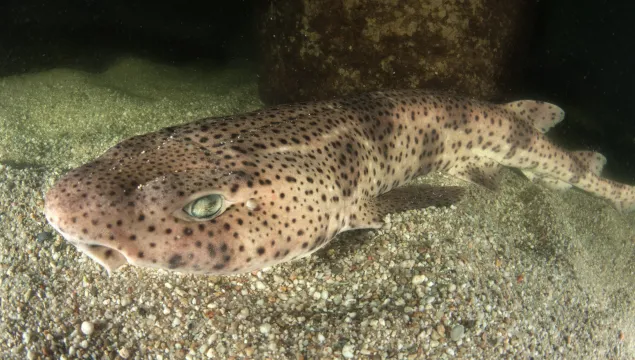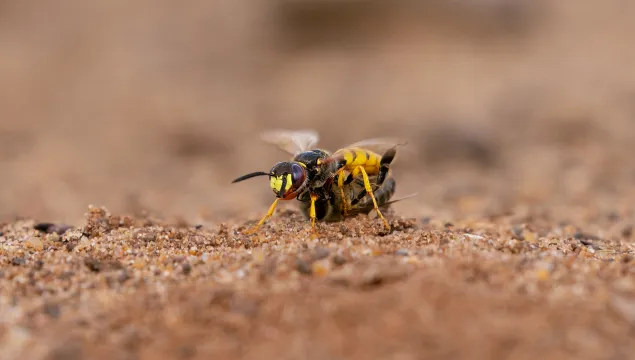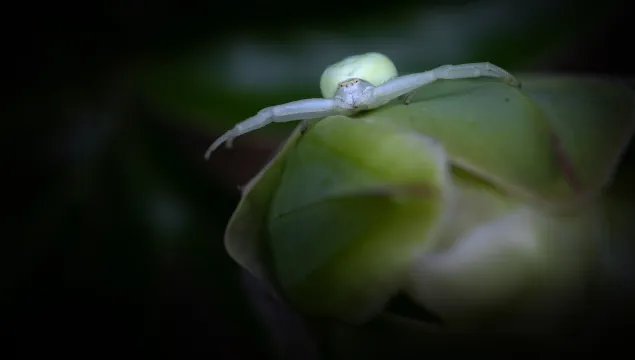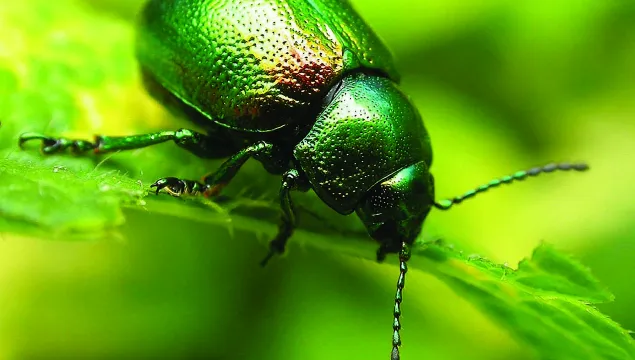Porbeagle shark
The porbeagle shark is a member of the shark family Lamnidae, making it one of the closest living relatives of the great white shark.
The porbeagle shark is a member of the shark family Lamnidae, making it one of the closest living relatives of the great white shark.
This slender shark gets its name from the spines in front of its dorsal fin. It can use these spines to defend itself by curling in a bow and striking at a predator.
The undulate ray has beautiful wavy patterns on its back, which helps it camouflage against the sandy seabed.
It’s easy to identify this distinctive skate from the black and yellow marbled eye spots on each wing.
The spotted ray is one of the smallest species of skate, growing to only 80 cm.
This large skate has tiny, prickly spines all over its back.

The nursehound is a nocturnal predator, hunting smaller fish close to the seafloor.
The thresher shark is a migratory species and passes through UK waters in the summer months. If you’re lucky, you might see this magnificent shark jump high out of the water in to the air.

One of our largest and most impressive solitary wasps, the bee wolf digs a nest in sandy spots and hunts honey bees.
Bilberries appear in summer and early autumn and are often turned into jams, pies and sauces...

The flower crab spider is one of 27 species of crab spider. The flower crab spider can alter the colour of its body to match its surroundings and to hide from prey. It is not as common as other types of crab spider.

This jewel like leaf beetle is an incredibly scarce species which is only found in wetland habitats.